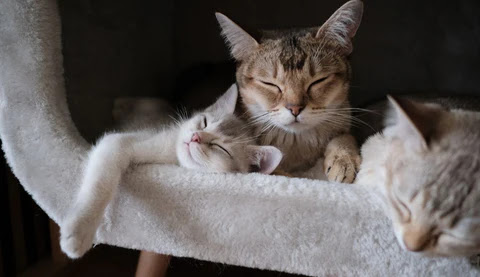7 months cat years in human years?
Cat years conversion table
Cats are wonderful creatures that bring joy and companionship to millions of people around the world. As cat owners, we often wonder how old our furry friends are in human years. While the common belief is that one cat year is equal to seven human years, this is not entirely accurate. In fact, the relationship between cat years and human years is more complex and varies depending on the cat’s age. In this article, we will take a closer look at how to calculate cat years in human years and provide you with a helpful conversion table.
Cat age calculator
If you’re curious about your cat’s age in human years, you can use our convenient cat age calculator. Simply input your cat’s age in years and months, and the calculator will provide you with an estimate of their age in human years. Keep in mind that this is just an approximation, as the exact conversion may vary based on factors such as breed, size, and overall health.
7 months cat years in human years
- A one-month-old kitten is equivalent to a six-month-old human baby.
- A 3-month-old kitten is equivalent to a 4-year-old child.
- A 6-month-old kitten is equivalent to being 10 years old in human years.
- An 7 month old kitten is equivalent to a 12 year old human years.
- An 8-month-old kitten is equivalent to a 15-year-old human.
- A 1-year-old cat is considered an adult, similar to an 18-year-old human.
- 2 human years = 24 cat years
- 4 human years = 35 cat years
- 6 human years = 42 cat years
- 8 human years = 50 cat years
- 10 human years = 60 cat years
- 12 human years = 70 cat years
- 14 human years = 80 cat years
- 16 human years = 84 cat years
Cat years vs human years
Cats age differently compared to humans. While their early years encompass rapid growth and development, their aging process gradually slows down as they reach adulthood. It’s important to understand the different life stages of cats in order to provide them with appropriate care and ensure their well-being.
Kitten (0-6 months): During this stage, kittens experience significant growth. They are full of energy, curiosity, and playfulness. In terms of human years, kittens mature at a much faster rate than human babies. It’s estimated that a 6-month-old kitten is roughly equivalent to a 10-year-old child in human years.
Junior (7 months – 2 years): As kittens enter the junior stage, they continue to grow and develop. They reach sexual maturity between the ages of 6 to 9 months. In human years, a 7-month-old cat is approximately equivalent to a 12-year-old child, and a 2-year-old cat is around 24 years old in human years.
Prime (3 – 6 years): Cats in their prime are fully mature and at their physical peak. They are typically active and agile, enjoying playtime and exploring their surroundings. In terms of human years, a 3-year-old cat is equivalent to a young adult in their early 20s, while a 6-year-old cat is similar to a person in their mid-30s.
Mature (7 – 10 years): As cats enter their mature stage, their physical abilities may start to decline slightly. They may become less active and experience signs of aging, such as changes in coat quality or weight gain. In human years, a 7-year-old cat is estimated to be around 44 years old, while a 10-year-old cat is equivalent to a human in their late 50s.
Senior (11 – 14 years): Cats in their senior years require special care and attention. They may experience age-related health issues, such as arthritis or dental problems. In terms of human years, an 11-year-old cat is equivalent to a person in their mid-60s, and a 14-year-old cat is similar to someone in their early 70s.
Geriatric (15+ years): Cats who reach the geriatric stage are considered to be in their golden years. They may have specific dietary and medical needs, and it’s important to monitor them closely for any age-related conditions. In human years, a 15-year-old cat is approximately equivalent to a person in their late 70s, and every additional cat year can be compared to roughly 4 human years.
It’s crucial to note that while this conversion table provides a general guideline, individual cats may age differently based on various factors. Some cats may live longer and reach their geriatric stage at a later age, while others may experience health issues earlier in life. Regular veterinary check-ups and a balanced diet can help ensure a long and healthy life for your beloved feline companion.













